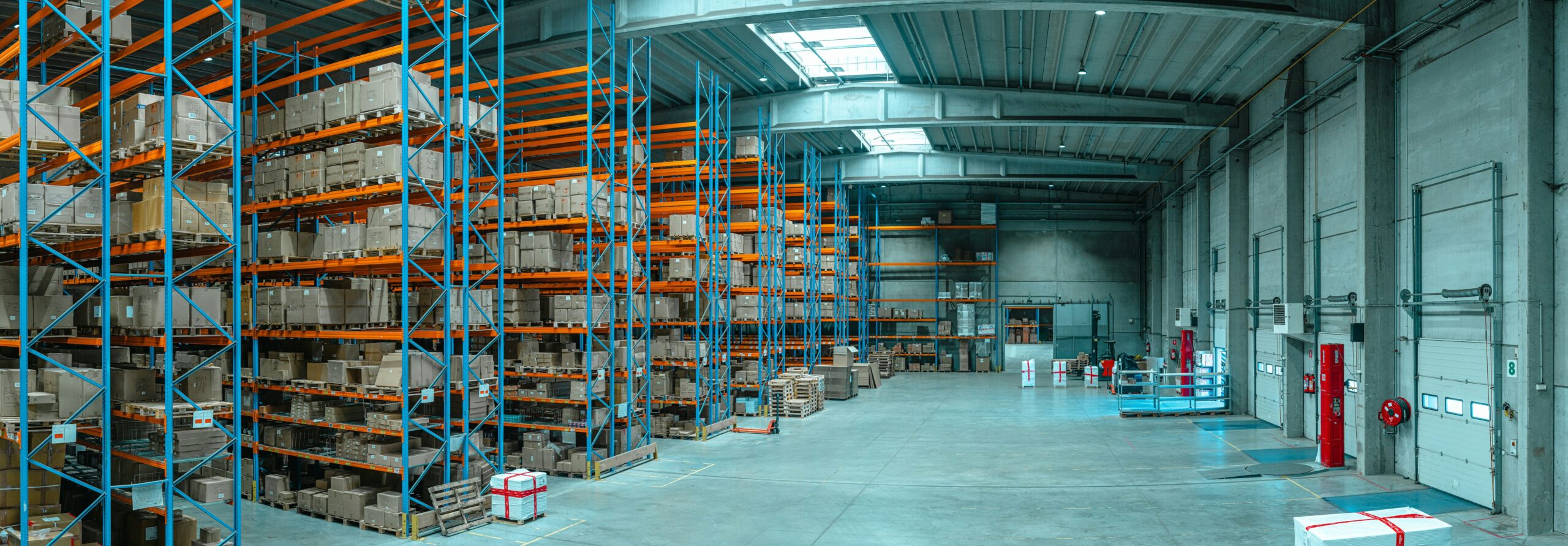The Imperative for Supply Chain Resilience Post-COVID
The global pandemic fundamentally reshaped the landscape of commerce, exposing unforeseen fragilities in supply chains worldwide. As businesses navigate the ‘new normal,’ the paramount importance of Supply Chain Resilience Post-COVID has become undeniably clear. Industrial engineering principles and emerging trends are now at the forefront of building robust, adaptive, and future-proof supply networks, ensuring continuity even amidst unprecedented disruptions. This article delves into the strategies and innovations critical for achieving this vital resilience.
Table of Contents
- The Imperative for Supply Chain Resilience Post-COVID
- Key Industrial Engineering Principles for Resilience
- Emerging Trends Shaping Post-COVID Supply Chains
- 7 Crucial Strategies for Building Resilient Supply Chains
- Navigating Future Disruptions: The Path Ahead
The Imperative for Supply Chain Resilience Post-COVID
Before 2020, many global supply chains prioritized efficiency and cost-cutting, often at the expense of robustness. The pandemic starkly revealed the dangers of this approach, leading to widespread shortages, production halts, and significant economic losses. Today, building Supply Chain Resilience Post-COVID is not merely a competitive advantage but a fundamental requirement for survival and growth. Companies must learn from past vulnerabilities to create systems capable of withstanding future shocks, be they natural disasters, geopolitical tensions, or unforeseen global events. This shift requires a proactive mindset, embracing change and leveraging new technologies to predict, adapt, and recover.
Key Industrial Engineering Principles for Resilience
Industrial engineering provides the foundational tools and methodologies for designing and optimizing complex systems like supply chains. Its application is crucial for enhancing resilience:
Diversification of Sourcing and Production
Relying on a single supplier or production hub creates immense risk. Industrial engineers advocate for diversified sourcing strategies, including multi-regional suppliers and alternative production sites. This distributed model mitigates the impact of localized disruptions, ensuring that if one node fails, others can compensate.
Enhanced Visibility and Transparency
Knowing where goods are, their status, and potential bottlenecks in real-time is vital. Implementing advanced data analytics and IoT sensors provides end-to-end visibility. This enables quicker responses to issues and better predictive capabilities, a key aspect of building resilient supply chains.
Agile and Flexible Operations
Rigid supply chains buckle under pressure. Industrial engineering promotes agile manufacturing and flexible logistics, allowing companies to rapidly reconfigure production lines, reroute shipments, and adjust inventory levels in response to changing demands or disruptions. This adaptability is paramount for enduring the unpredictable nature of global markets.
Emerging Trends Shaping Post-COVID Supply Chains
Several transformative trends, often powered by advancements in technology, are redefining the landscape of global supply chains, offering new avenues for resilience:
Digital Transformation and Automation
The accelerated adoption of AI, machine learning, robotics, and blockchain is revolutionizing supply chain operations. These technologies enhance forecasting accuracy, automate repetitive tasks, improve traceability, and provide actionable insights, significantly contributing to the overall Supply Chain Resilience Post-COVID agenda. For a deeper understanding of supply chain management, explore this resource on Wikipedia.
Sustainability and Circular Economy
Growing environmental concerns and regulatory pressures are pushing companies towards more sustainable supply chain practices. This involves reducing waste, optimizing resource consumption, and designing for circularity. Beyond ethical considerations, sustainable practices often lead to more efficient and resilient operations by diversifying energy sources and reducing reliance on volatile raw material markets.
Regionalization and Nearshoring
The pandemic exposed the vulnerabilities of overly globalized supply chains. A significant trend involves bringing production and sourcing closer to consumer markets through regionalization or nearshoring. This reduces lead times, transportation costs, and exposure to distant geopolitical risks, enhancing local supply chain resilience.
7 Crucial Strategies for Building Resilient Supply Chains
Implementing a combination of strategic shifts is essential for comprehensive Supply Chain Resilience Post-COVID. Here are seven key strategies:
- Diversify Your Supplier Base: Avoid single-source reliance; cultivate relationships with multiple suppliers across different geographies.
- Invest in Digital Technologies: Leverage AI, IoT, and blockchain for improved visibility, predictive analytics, and automation.
- Optimize Inventory Management: Implement dynamic inventory models (e.g., safety stock, postponement strategies) to balance cost with availability.
- Enhance Logistics Networks: Develop flexible transportation routes and partnerships, including multimodal options, to adapt to disruptions.
- Foster Collaboration: Strengthen relationships with suppliers, logistics partners, and even competitors to share information and resources during crises.
- Develop Robust Risk Management Frameworks: Proactively identify potential risks, assess their impact, and create contingency plans.
- Prioritize Workforce Development: Train employees in new technologies, adaptability, and critical thinking to manage unforeseen challenges.
Key Resilience Strategies and Their Benefits
| Strategy | Description | Benefit for Supply Chain Resilience |
|---|---|---|
| Supplier Diversification | Sourcing from multiple geographies and vendors. | Reduces single-point failure risk, enhances adaptability. |
| Digital Transformation | Implementing AI, IoT, blockchain for visibility and automation. | Improves real-time data, predictive analytics, operational efficiency. |
| Regionalization/Localization | Bringing production closer to markets. | Shortens lead times, reduces geopolitical risks. |
| Workforce Upskilling | Training employees in new technologies and adaptable processes. | Ensures operational continuity and innovation. |
| Sustainable Practices | Integrating environmental and social responsibility. | Enhances brand reputation, mitigates long-term risks. |
Navigating Future Disruptions: The Path Ahead
The journey towards complete Supply Chain Resilience Post-COVID is ongoing, requiring continuous evaluation and adaptation. The lessons learned from recent disruptions have underscored the importance of foresight, agility, and technological adoption. By integrating sound industrial engineering principles with a forward-looking embrace of emerging trends, businesses can transform their vulnerabilities into strategic strengths. Building truly resilient supply chains ensures not only survival but sustained growth and competitiveness in an increasingly unpredictable global economy. Learn more about optimizing logistics in our recent post on efficiency in logistics.

